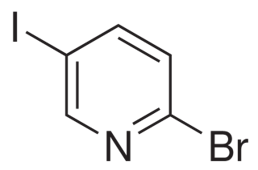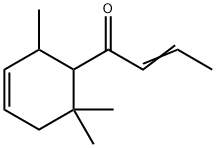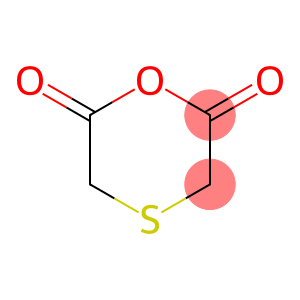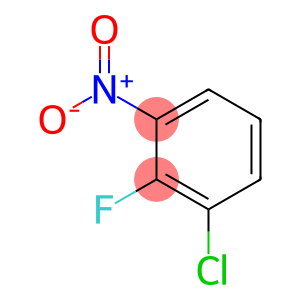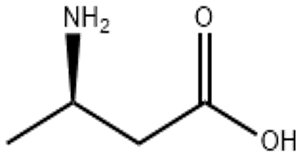4,7,13,16,21,24-hexaoxa-1,10-diazabicyclo[8.8.8]hexacosane CAS 23978-09-8
| Risk Codes | R36/37/38 – Irritating to eyes, respiratory system and skin. R22 – Harmful if swallowed |
| Safety Description | S26 – In case of contact with eyes, rinse immediately with plenty of water and seek medical advice. S36 – Wear suitable protective clothing. S36/37/39 – Wear suitable protective clothing, gloves and eye/face protection. |
| WGK Germany | 3 |
| RTECS | MP4750000 |
| HS Code | 2934 99 90 |
| Toxicity | LD50 orally in Rabbit: > 300 – 2000 mg/kg |
Introduction
4,7,13,16,21,24-Hexaoxo-1,10-diazabicyclo[8.8.8]hexadecane is an organic compound with the following properties:
Chemical properties: The compound has good chemical stability, is not easy to be acted by conventional oxidants and reducing agents, and is not easy to be catalyzed by acids or alkalis.
It is in a solid state at room temperature.
Uses: 4,7,13,16,21,24-Hexaoxo-1,10-diazabicyclo[8.8.8]hexadecane has a wide range of uses in the chemical field. It can be used as an organic solvent to dissolve and separate various organic compounds. It can also act as a surfactant, acting as a catalyst and surfactant in certain chemical reactions and catalytic processes.
Method: The compound is usually prepared by chemical synthesis. The specific method can be achieved by the synthesis and oxidation of nitrogen hetacyclopentane compounds.
During use, general laboratory safety procedures should be followed to avoid contact with the skin and inhalation of its dust or gases. If there is an accident, you should contact professionals in time to deal with it.


![4,7,13,16,21,24-hexaoxa-1,10-diazabicyclo[8.8.8]hexacosane CAS 23978-09-8 Featured Image](https://www.xinchem.com/uploads/4713162124-hexaoxa-110-diazabicyclo8.8.8hexacosane.jpg)
